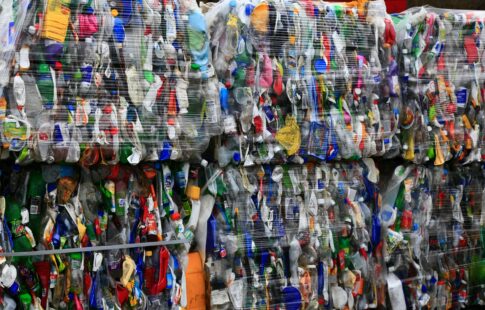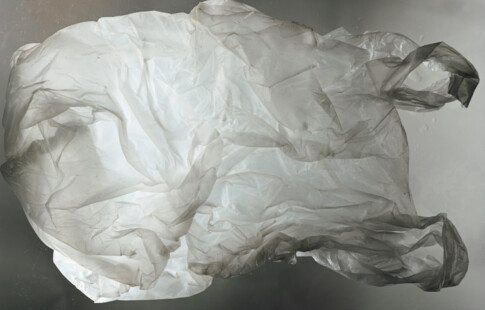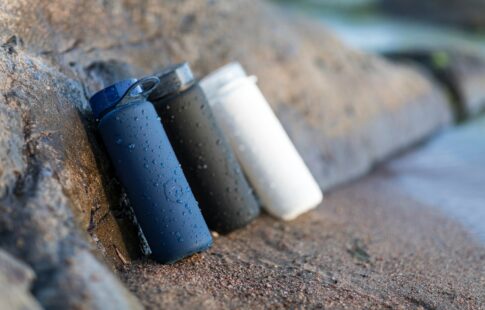
World’s Longest Swim to Highlight Plastic Pollution in the Pacific
We are reader-supported. When you buy through links on our site, we may earn affiliate commission.
Recently, ocean pollution in the Pacific has been making headlines. Queen Elizabeth of England announced her decision to cut plastic use on royal estates, the BBC announced their plan to eliminate all single-use plastics by 2030 and the EU decided to reduce the availability of single-use plastics in all of their countries. This has sparked new conversations about the amount of plastic that is in the ocean and what its impact on humans may be. After all, we are part of the food chain, so anything that impacts our food can also impact us.
The statistics on plastic in the ocean are staggering. For example, as much as 15 percent of the sand on some Hawaiian beaches is actually microplastics. But for many people, it’s out of sight, out of mind. We exist in a culture of convenience, and being able to throw things away without a second thought is a huge aspect of that. One of the best ways to combat that attention problem is to keep the spotlight on the issue. After all, plastic trash is an issue we have the power to fix. We know the solution is to use less plastic, recycle and avoid single-use items.
Keeping It in the News
One man has decided to risk his life to bring awareness to the issue of plastic in our oceans. Ben Lecomte on June 5 began a swim everyone else would take an airplane ride for. Over the course of six to eight months, he will swim from Tokyo to San Francisco. That’s a whopping 5,530 miles and will be the world’s longest swim ever completed.
Luckily, this isn’t the first time he’s tried something like this. Lecomte has a history of long-ocean swims, and we don’t mean spending the whole day in the water. In 1998, he also swam across the Atlantic Ocean from Massachusetts to France. It took him 73 days. Now he plans to do the same, but with the considerably larger Pacific Ocean. Of course, he’ll have a team with him and will be able to get out of the water to rest. But he and his team plan to use this as an opportunity to make headlines about ocean pollution. They will also collect data as they go to help oceanographers and marine biologists who are studying the problem.
The Point of the Swim
It seems like a pretty extreme path to increase awareness of plastic pollution in the Pacific, but for Lecomte, it’s just him doing what he can. The long-distance swimmer has had a love for the ocean since he was young, and he wants future generations to be able to experience the same joys he did. This, for him, is his way of helping protect the planet for his children.
Part of this swim will take Lecomte and his team right through the Great Pacific Garbage Patch. The name evokes the idea of a massive flotsam of trash, and that’s vaguely accurate. However, when you see the patch in person, you might be surprised to realize there’s not much there. The trash floating in this current is mostly micro-plastic, meaning you can scoop it up, but you won’t find large pieces all floating together.
That actually makes it worse, since instead of the plastic staying on top of the water and being relatively easy to collect, it sinks down a bit, creating a kind of plastic soup that is nearly impossible to clean up. It’s also more insidious for wildlife, who swim through and ingest it and the toxins it collects.
Lecomte plans to swim through, a move which could be dangerous for his health. However, since he isn’t likely to eat plastic or drink water, the impact on him should be mild, if there is any. The team he is with will continue to collect data and add information to the ever-growing knowledge we have about plastics in the ocean.
Plastic Pollution in the Pacific
Lecomte, of course, will not swim for six to eight months straight. The team he is with will have a wind- and solar-powered sailboat, and he plans to swim for about eight hours each day. He’s swimming an ultra-marathon, after all, not a race. Safety, of course, is the top priority both for the swimmer and the crew, and the difficulty of any particular day will change based on weather and currents.
Science is also a top priority in this mission to mitigate plastic pollution in the Pacific. While Lecomte is swimming, eating and resting, his crew will be gathering samples from all across the ocean. That is usually a fairly difficult endeavor, since most scientific research opportunities are focused on one specific area. This swim offers a unique opportunity for one vessel to collect data on ocean pollution, phytoplankton and even radiation.
While one team is collecting ocean samples, another team will be carefully monitoring Lecomte’s condition. He is pushing the boundaries of what humans are physically capable of achieving, and doctors expect to learn a lot just from that. He is even working with NASA to determine what effects this swim will have on him that could be useful for space exploration.
Ben Lecomte is already a record-holder. He has decided to make this journey for himself, but also to help the world. His is a mighty endeavor, one which genuinely embodies the fable of David and Goliath. The difference is that now, Goliath isn’t something we want to defeat, but something we need to save.
Share on
Like what you read? Join other Environment.co readers!
Get the latest updates on our planet by subscribing to the Environment.co newsletter!
About the author
Jane Marsh
Starting from an early age, Jane Marsh loved all animals and became a budding environmentalist. Now, Jane works as the Editor-in-Chief of Environment.co where she covers topics related to climate policy, renewable energy, the food industry, and more.





